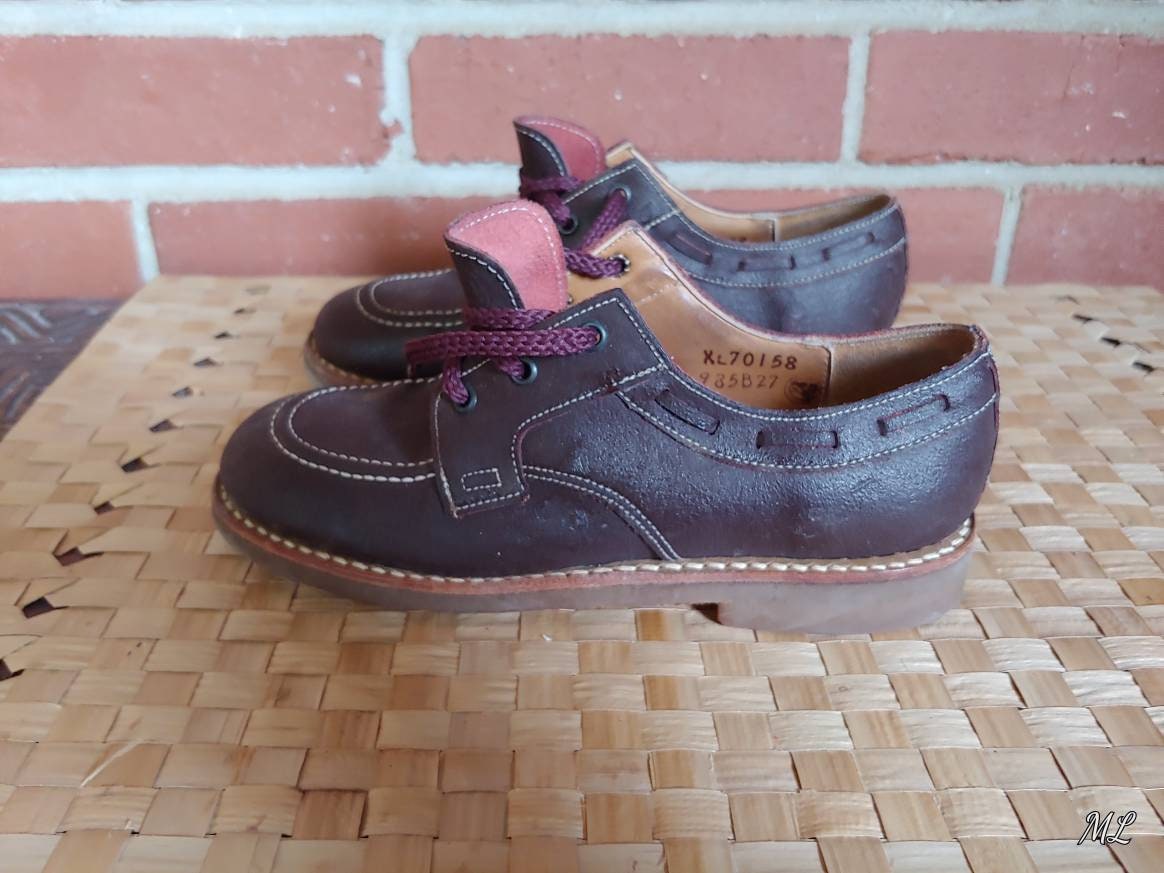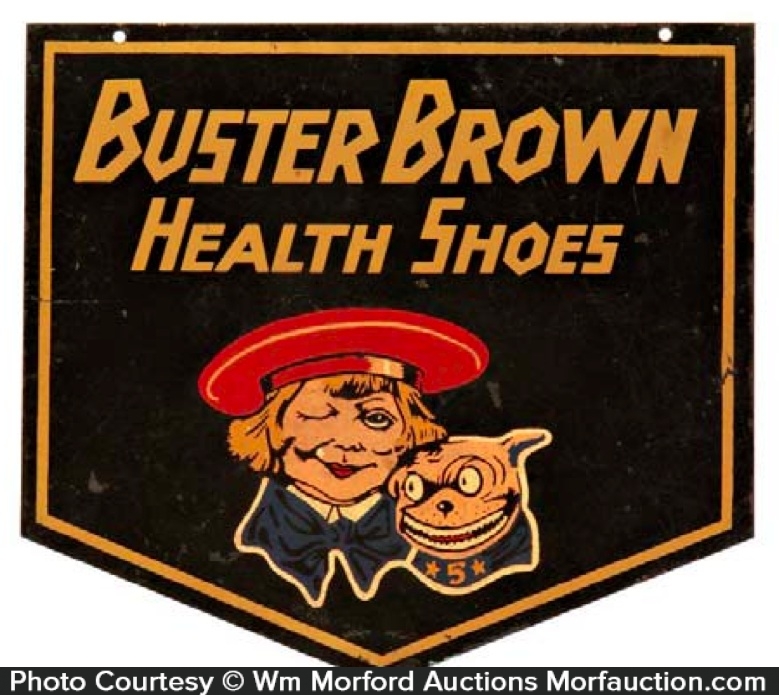
Today, Mary Janes for children, particularly the more classic styles, are often considered semi-formal or formal shoes, appropriate for school (many schools worldwide require that girls wear them with their uniform), religious ceremonies, weddings, visits, and birthday parties for example. They were also popular with women in the 1920s. Originally worn by both sexes, they began to be perceived as being mostly for girls during the 1930s in North America and the 1940s in Europe. Among boys (less common), Mary Janes are traditionally worn with socks (or without them as well), short trousers and a shirt.Ĭhildren's shoes secured by a strap over the instep and fastened with a buckle or button appeared in the early 20th century. Among girls, Mary Janes are commonly worn with tights, pantyhose, socks, or without them (on bare feet), and a dress or a skirt and blouse. Mary Jane (also known as bar shoes or doll shoes) is an American term ( formerly a registered trademark) for a closed, low-cut shoe with one or more straps across the instep.Ĭlassic Mary Janes for children are typically made of black leather or patent leather, have one thin strap fastened with a buckle or button, a broad and rounded toe box, low heels, and thin outsoles.


( Learn how and when to remove this template message)Ĭlassic Mary Jane or bar shoes by Start-rite (known as Sonnet in the United States). JSTOR ( March 2017) ( Learn how and when to remove this template message).Unsourced material may be challenged and removed. Please help improve this article by adding citations to reliable sources. They were worth keeping.This article needs additional citations for verification. However, some items sell for thousands of dollars.Ĭongratulations to anybody who had the foresight to keep some of the Buster Brown items. That’s right, Buster Brown whiskey.Įxamples of the prices of some Buster Brown collectibles include: An art wall clock, $27 a Buster Brown and Tige puzzle, $22 a spice can, $50 a pinback button, $15 and a wooden store display stand, $230. Other Buster items included games, toothbrushes, soap, wallets, cameras, perfume, pocket books, knives, banks, ceramics and even whiskey. The rare tins depict a man in a chair smoking a cigar and blowing the smoke around his ears, with Buster and Tige standing near the chair. Cigar tins and cigar boxes are quite rare. They are much more rare than the paper items. At the end of each bit of mischief, he would resolve to be a good boy “from now on.”Ĭollectors are very interested in Buster Brown figures and dolls. Buster Brown books were printed, describing pranks that Buster would play. There were paper dolls, playing cards, fans, postcards and trade cards. There was also Buster Brown hosiery, as well as coveralls.īuster Brown paper items were very popular. The Buster Brown suit was common for boys under age 12. was named for George Warren Brown, not for Buster Brown.īesides the shoes, other clothing was named for Buster. There were also the adult shoes Barbara Brown and Burton Brown. Shoes were named after characters, such as the one-strap Mary Jane’s, named after Buster’s sister. Buster Brown is likely the most famous shoe name. Outcault offered the characters of Buster, his sister, Mary Jane, and dog, Tige, to any company that would pay the price. He wore a wide, saucer-rimmed hat on top of his pageboy haircut. The Buster Brown character was the creation of Richard Fenton Outcault, a famous cartoonist of the early 1900s.īuster was a wealthy boy who had short pants, a little jacket and Victorian shoes. Look for him there, too.” Actually, you may be too young to remember that slogan, but starting in the early 20th century it was quite popular. The well-known slogan was: “I’m Buster Brown. Louis.īuster Brown and his dog, Tige, were the characters of the Brown Shoe Co.

Right on the top of that list is the Buster Brown Shoe Co. You would not think that there would be collectibles related to shoe companies but there are.


 0 kommentar(er)
0 kommentar(er)
